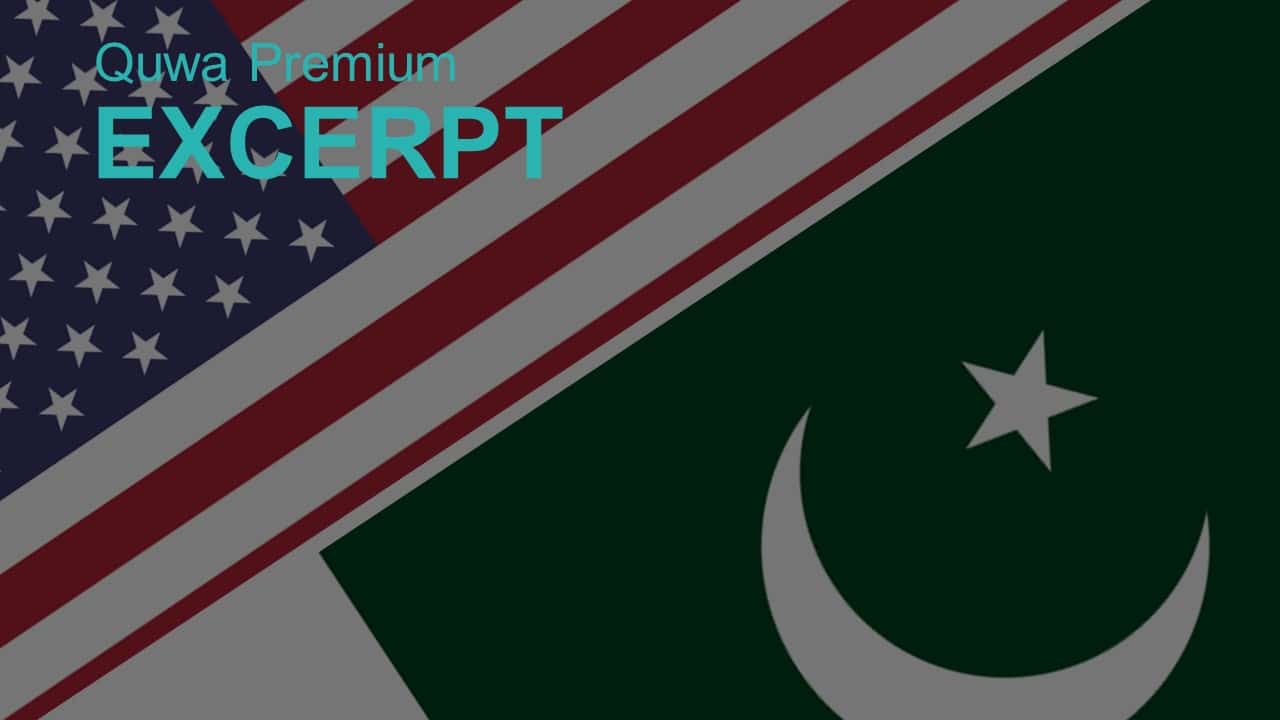2631Views

Drones: How Pakistan Can Learn From Turkey
Though a newer entrant in unmanned aerial vehicle (UAV) design and production, Turkey is arguably the first country to extensively use armed drones in conventional operations. In other words, Turkey is setting an example of how to use armed UAVs against opposing military forces both today, and in the future.
In contrast, Pakistan has not yet reached the level Turkey is at in drone design and deployment, despite it actually being ahead of many countries in the early 2000s. There are multiple causes for Pakistan lagging in this area, among them a lack of funding (and focus) for domestic research and development (R&D) until very recently (e.g., 2017, when Pakistan announced Project AZM), the armed forces’ lack of trust in private sector suppliers, and hollow policy support for rapid indigenous UAV development and production.[1]
Turkey, on the other hand, had committed to the opposite action across each of the aforementioned areas – and the results are now paying off into programs that could alter conventional warfare itself. However, Pakistan can still correct its course, but the chances of it making the right changes are slim at this time.
Turkey’s ‘Drone Wars’ in Syria and Libya
Militaries had traditionally used drones for either intelligence, surveillance, and reconnaissance (ISR) and carrying out targeted strikes against non-state actors. In most scenarios, drones were a weapon of choice for counterinsurgency (COIN) and counterterrorism (CT) operations.
Turkey’s Drones
Presently, Turkey is relying on two locally developed – and mass-produced – designs to spearhead its operations in Syria and Libya: the Bayraktar TB2 and the Anka-S. Both UAVs are medium-altitude and long-endurance (MALE) designs, but from two different Turkish original equipment manufacturers (OEM).
What Pakistan Can Learn From Turkey
Until around 2010-2011, it appeared as though Pakistan’s drone development track was similar to that of Turkey, especially in the private sector. The company at the forefront of UAV development in Pakistan at that time was Integrated Dynamics. However, when Pakistan pursued armed drones, it reportedly took a sizable portion of the work Integrated Dynamics had done to develop the Burraq.
End of Excerpt (355/1,753 words)
You can read the complete article by logging in (click here) or subscribing to Quwa Premium (click here).
For More Insights on Pakistan’s Drone Programs, See:
- Pakistan Aeronautical Complex Signs MoU With Turkey’s Havelsan to Co-Develop Subsystems for UAVs.
- Pakistan Navy is Interested in the Anka-S UAV.
- Pakistan Releases Tender for ‘Data Link Items’ for its MALE UAV Project.
[1] Usman Ansari. “Pakistan wants to create a self-reliant, self-sustained defense industry.” Defense News. 25 July 2019. URL: https://www.defensenews.com/global/asia-pacific/2019/07/25/pakistan-wants-to-create-a-self-reliant-self-sustained-defense-industry/


